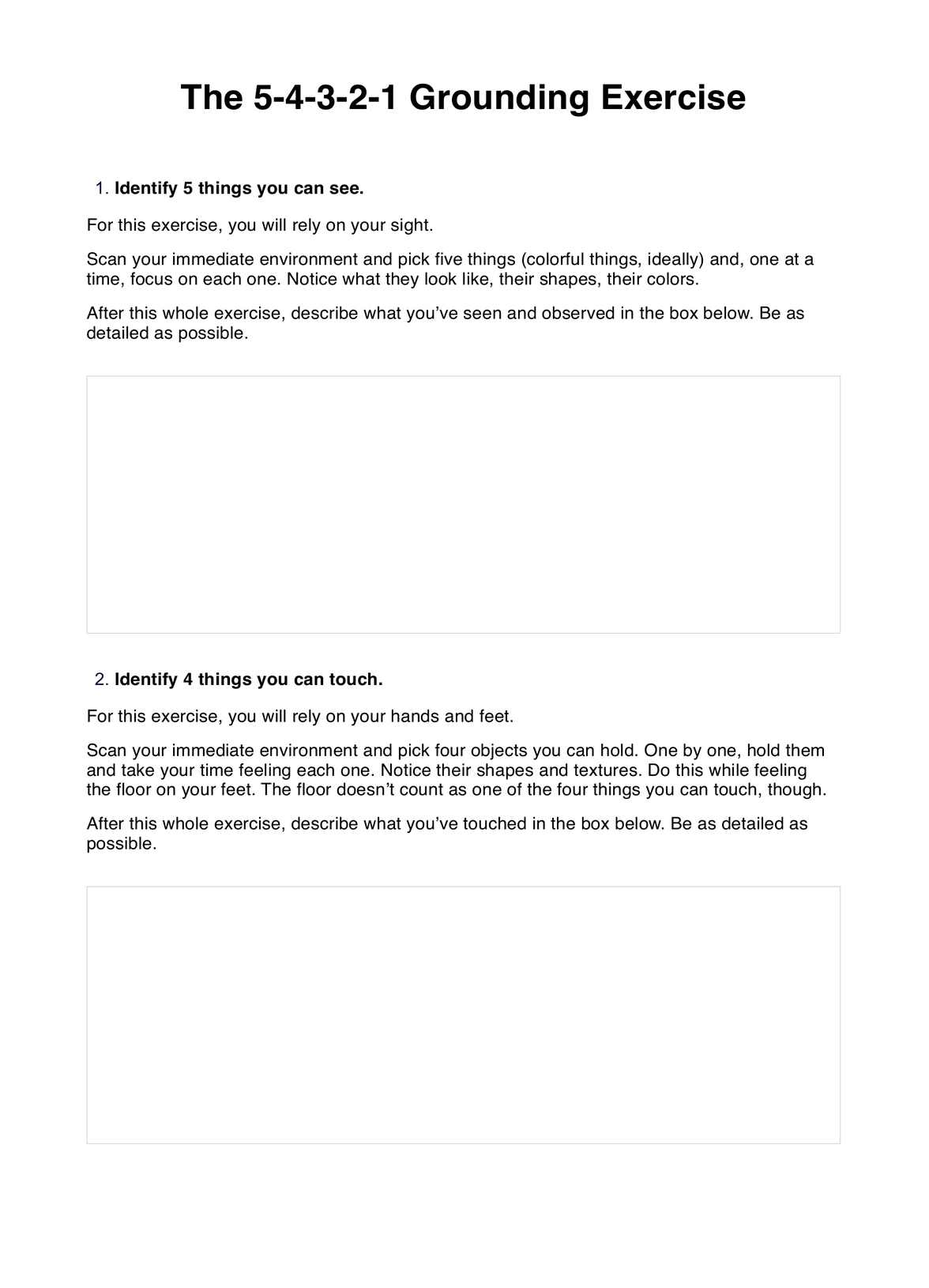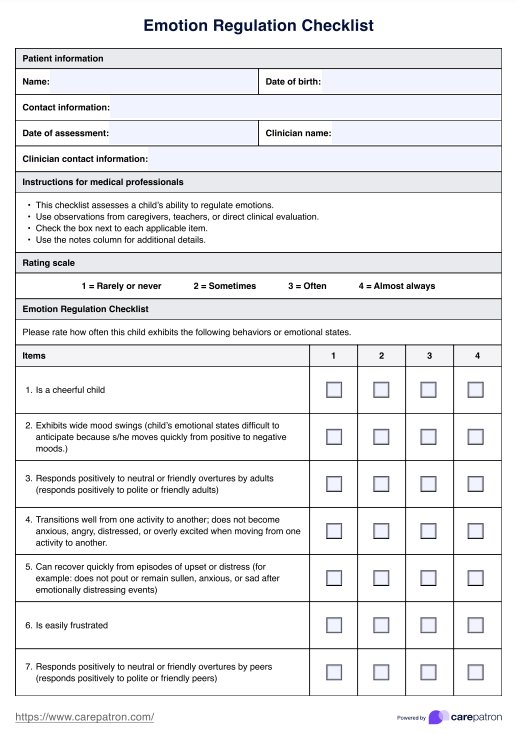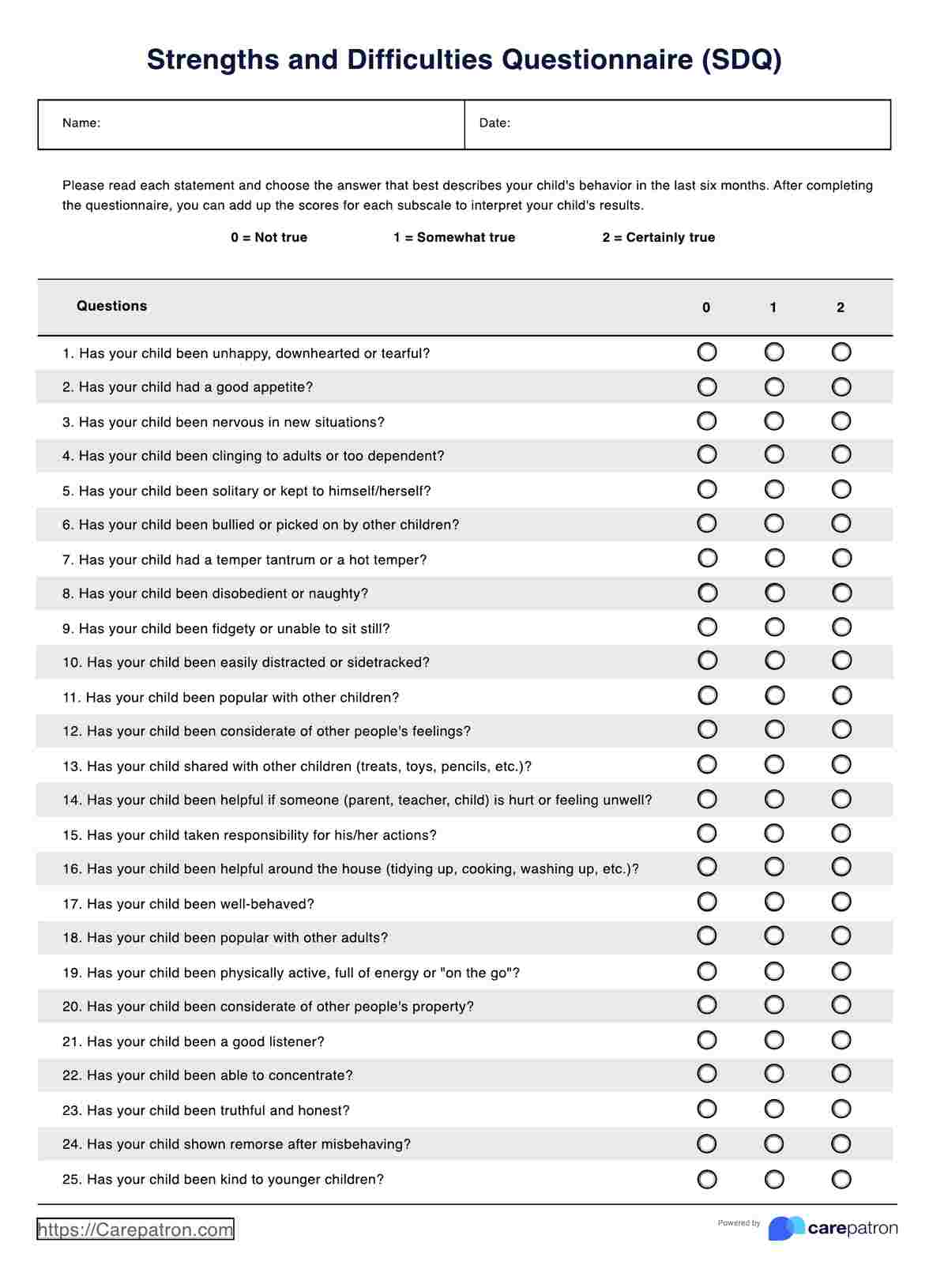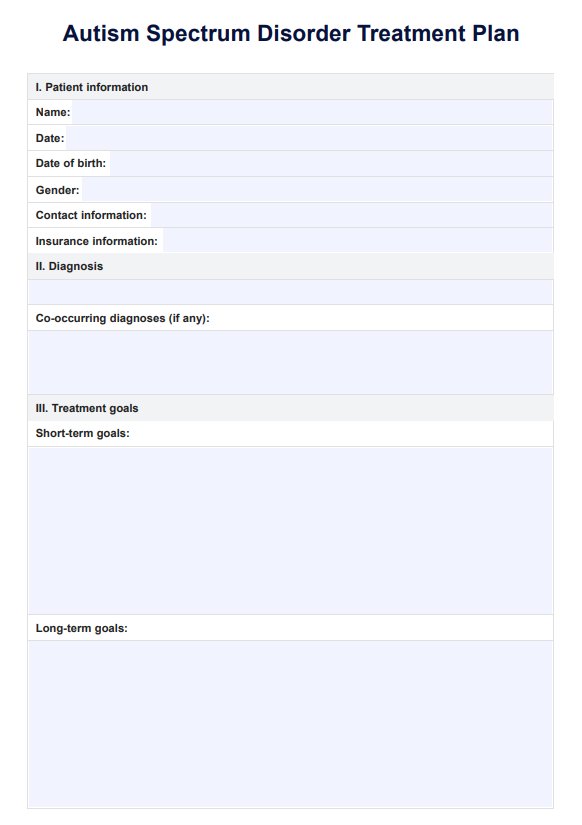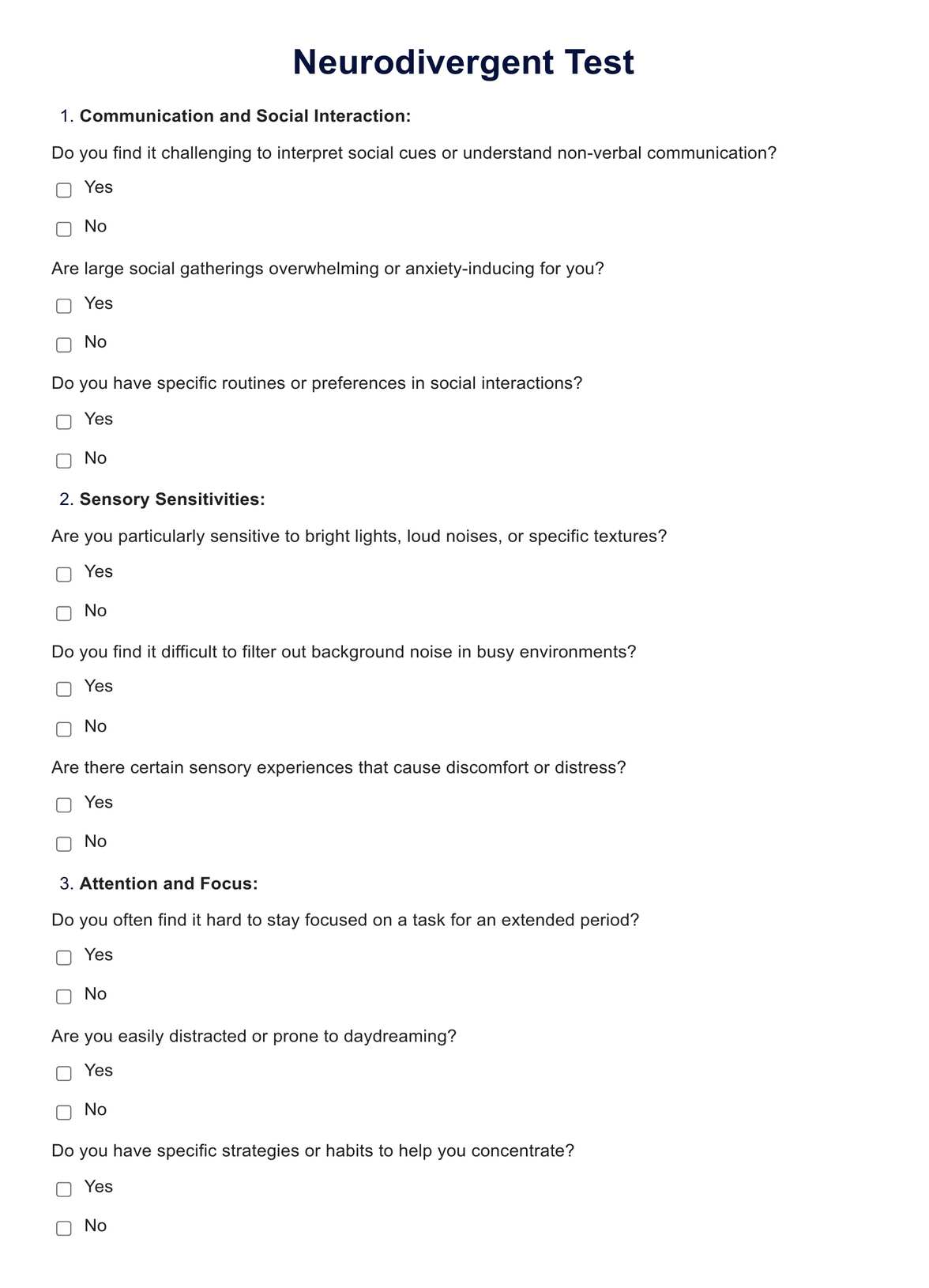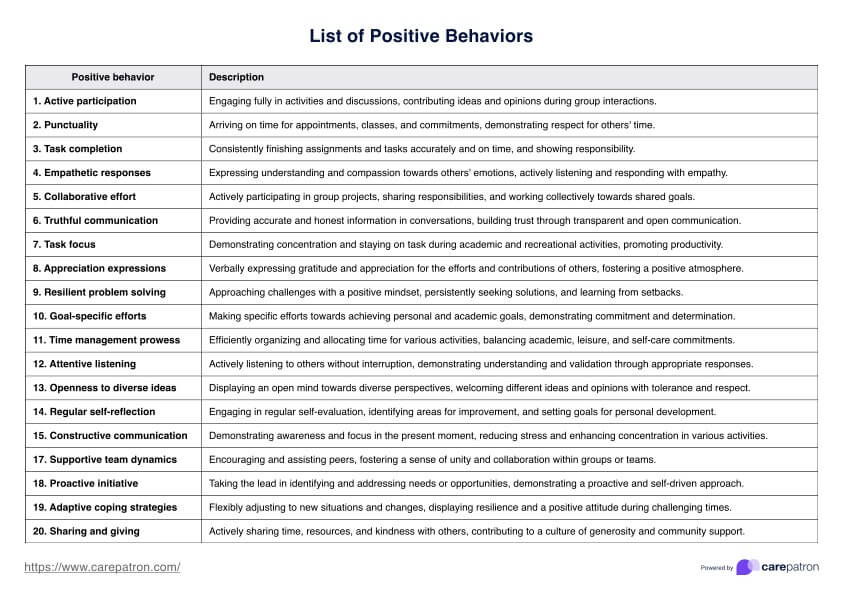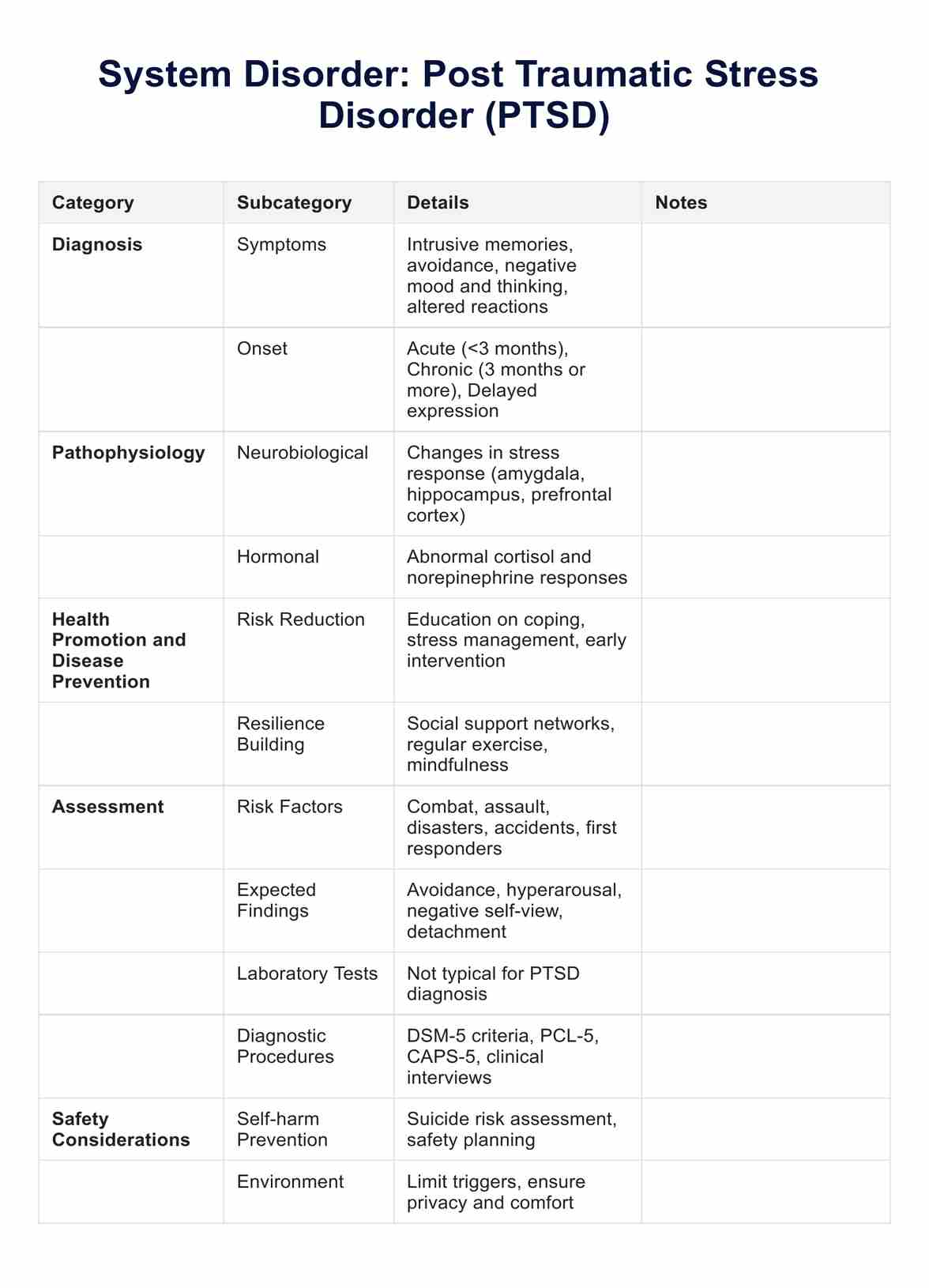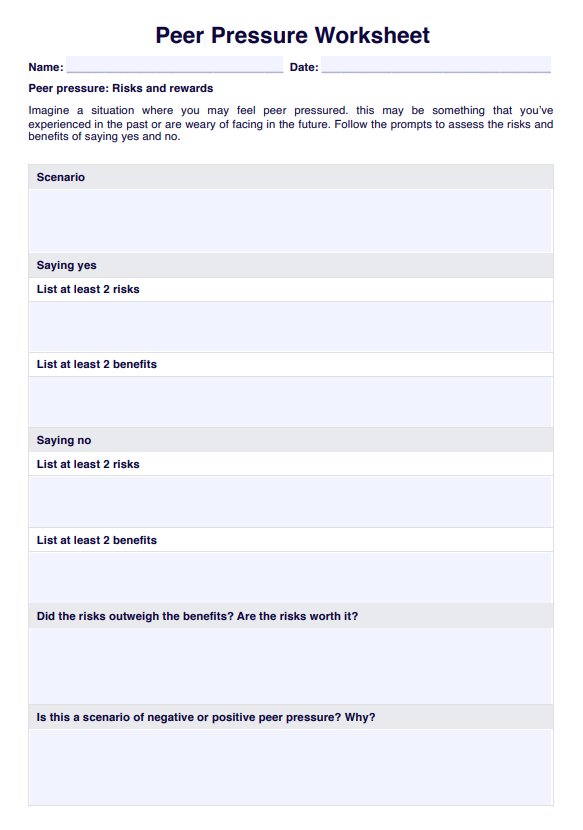Ballottement Test
The Ballottement test assesses a patient's joint mobility and ligament integrity in physical examinations. Get access to a free Ballottement test so you can perform the test accurately for your patients.


What is a Ballottement Test?
Knee pain occurs for various reasons, including sprains and strains, tendonitis, arthritis, bursitis, and ligament injuries. Healthcare professionals use the ballottement test to get a clearer picture of the knee's condition.
This assessment helps detect abnormalities in the soft tissue structures of the knee, including ligaments and muscles. It also determines if there is any fluid buildup around the knee joint, knee effusion, and knee swelling.
To perform the test, the healthcare professional places one hand on the patient's lower leg just above the knee joint. With their other hand, they use upward pressure on the patella or kneecap. If fluid is present around the knee joint, a "bouncing" will be felt when their hands are moved up and down.
A positive test result occurs when a "bouncing" sensation is felt during the exam. This indicates that there could be fluid buildup around the knee and ligament damage, or there could be knee effusion or knee swelling. However, a positive test result is not a definitive diagnosis. The healthcare professional recommends imaging tests (MRIs or X-rays) for further evaluation.
Check out the video below to see a demonstration of the Ballottement Test:
Ballottement Test Template
Ballottement Test Example
How To Use This Ballottement Assessment
Our free ballottement test provides a step-by-step guide on how to perform the assessment and detect knee injuries, such as knee pain, knee joint effusion, and knee swelling. Here's how you can get started:
Step One: Access the free test
Get a copy of the ballottement test using the link on this page. Similarly, you can download it on the handy Carepatron app or our extensive resources library.
Step Two: Prepare for the Test
Once you have access to the test, read through it carefully. This will help you understand the steps and what to look for during the assessment.
Step Three: Perform the Assessment
Follow each step in the exam, ensuring you engage the patient throughout. As you perform the assessment, look for any signs of fluid buildup, knee swelling, knee effusion, or ligament damage.
Step Four: Interpret Results
Based on your findings, determine if there is any evidence of knee joint abnormalities. If so, recommend further imaging tests for diagnosis.
When Would You Typically Use This Ballottement Test?
The exam is an integral part of physical examinations, especially when there is a suspicion of knee joint abnormalities. It's often used along with other tests and assessments to diagnose the cause of pain, knee swelling, or knee effusion. Healthcare professionals also use this assessment to:
- Identify Fluid Buildup and Ligament Damage: The test can help differentiate between muscular and ligament pain. Plus, it can help healthcare professionals better diagnose knee injuries, knee swelling, and knee effusion and plan appropriate treatment.
- Assess Pain or Discomfort: By performing this assessment, you can better understand the patient's current symptoms and pain intensity.
- Provide Guidance for Further Evaluation: This test will give you more insight into knee joint abnormalities and help you determine if further imaging tests are needed to detect knee swelling, knee effusion, and more.
Who Can Use The Ballottement Test?
This free test can be used by different healthcare professionals, including:
- Physicians
- Clinicians
- Occupational therapists
- Physical therapists
- Chiropractors
- Orthopedic specialists
- Sports Medicine Doctors
- Nurses
- Nurse practitioners
Why is This Assessment Popular with Physical Therapists?
The test provides a simple and quick assessment of a patient's knee joint. Physical therapists and other healthcare professionals find this test handy because:
It Assesses the Range of Motion
By performing this test, you can assess your patient's stability and determine if there is any fluid buildup or ligament damage in the joint. It can help identify underlying conditions such as tendon tears, knee swelling, meniscus tears, knee effusion, or joint instability.
It's Non-Invasive
The test is a non-invasive assessment that requires no equipment other than the patient's body. It is also easy to administer and interpret, making it a popular choice for physical therapists.
It's an Excellent Tool for Monitoring Progress
The test is also helpful in tracking the patient's progress. You can monitor any changes in the patient's knee joint by administering this test regularly.
Benefits of Free Ballottement Test
This free test template is a fantastic resource for healthcare professionals. It guides how to perform the assessment and can also help track the patient's progress over time. Here are the other benefits of this assessment:
Completely Digital
You can access our free test anytime, anywhere. You don't need to print the test to administer it. Simply download it using the link on this page or access it within the Carepatron app.
Comprehensive
The ballottement test offers easy-to-understand but specific steps to perform the examination. It also includes guidelines on what to look for when assessing the patient's knee joint.
Improved Accuracy
The ballottement test allows you to measure any knee joint movements precisely. This helps improve the accuracy of your assessment and results.
Better Communication
By documenting the results of this assessment in the patient's health record, you can easily share critical information with other healthcare providers. This helps ensure better care for the patient.
Guidance on Treatment
By assessing knee joint abnormalities, the test can guide you in treating the patient's injury, whether it’s due to a knee joint effusion, knee swelling, or pain. This can include recommending a specific type of exercise or physical therapy.
Commonly asked questions
The test evaluates the range of motion in the knee joint and detects any abnormalities, knee joint effusion, or fluid buildup.
The test can detect ligament damage, tendon tears, meniscus tears, or joint instability.
The test results can help determine if further imaging tests are needed. It is important to consult with a healthcare professional to interpret the test.


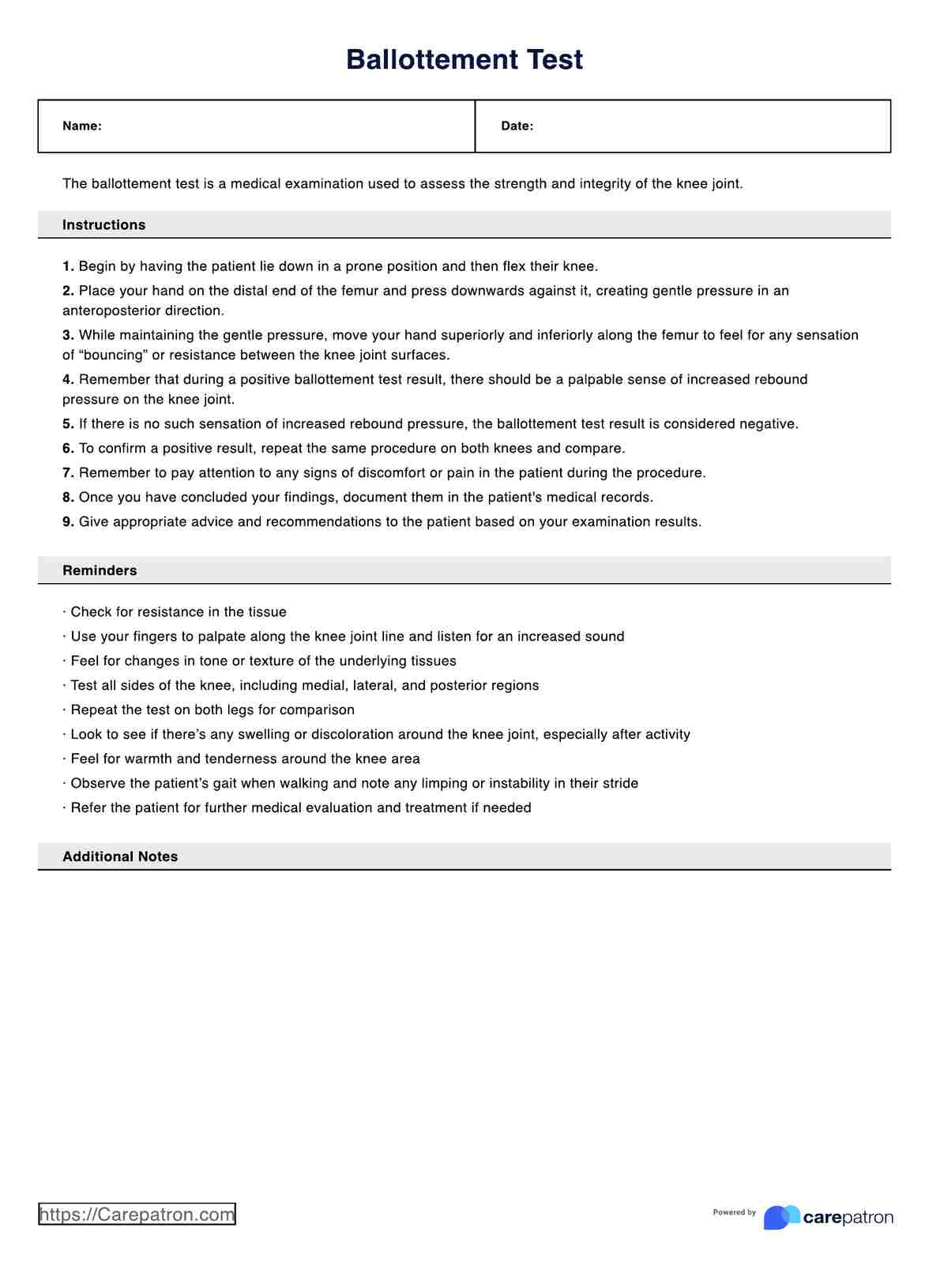
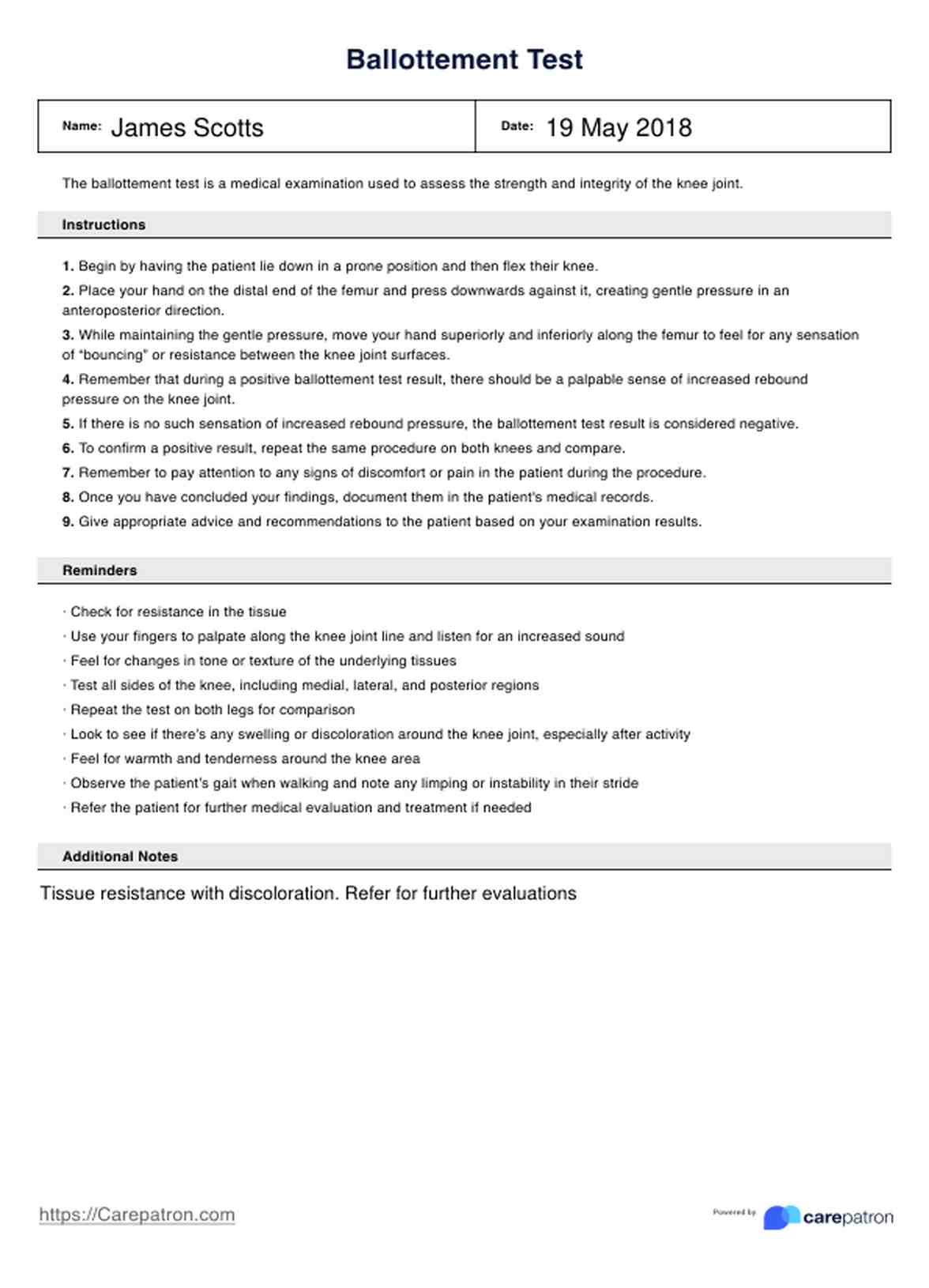













-template.jpg)























































































